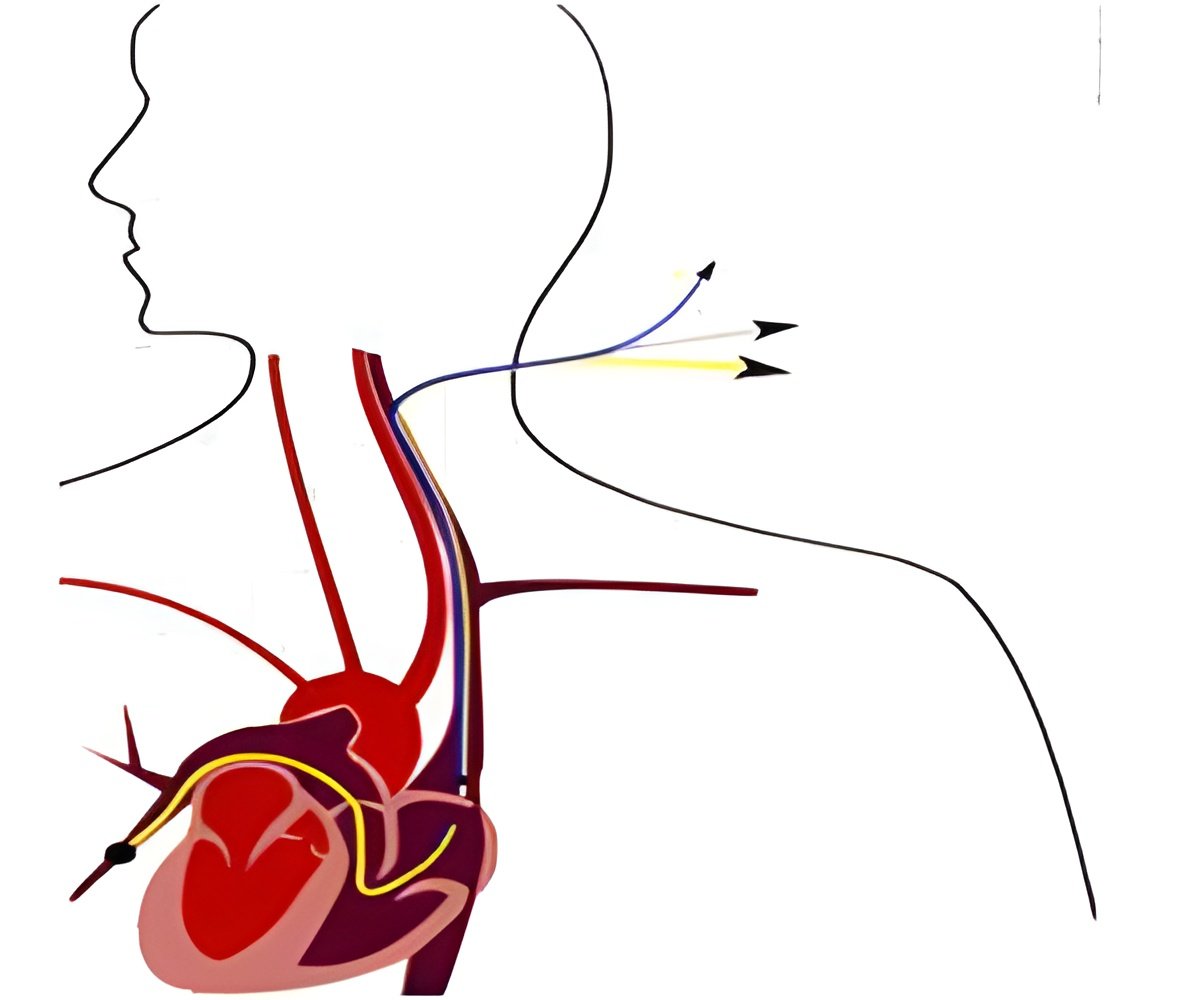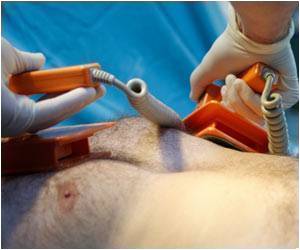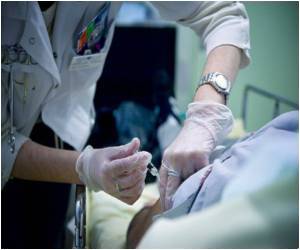Hospitals can reduce the risk of life-threatening bloodstream infections in children with peripherally inserted central venous catheters by assessing daily the patient's progress and

The study, believed to be the largest one to date of its kind in pediatric patients, analyzed predictors of catheter-related bloodstream infections among 1,800 children treated at Hopkins over six years. The children cumulatively underwent more than 2,590 catheter insertions, which resulted in a total of 116 infections.
One potent predictor of infection was length of use, the researchers found. Children whose devices remained in for three weeks or longer were 53 percent more likely to get a bloodstream infection, compared with those with shorter catheter times. Children who got the catheters to receive IV nutrition were more than twice as likely to get an infection as children who had the devices placed for other reasons.
A peripherally inserted central venous catheter, or "PICC" line, is a tube inserted into a peripheral blood vessel, usually in the arm, and threaded toward major blood vessels near the lungs and heart.
The catheter serves as a temporary portal for medications, food, fluids and blood draws. However, with prolonged use, the line can become contaminated and give dangerous bacteria entry into a patient's blood stream.
The findings of the study underscore the need for a tailored approach to each patient while at the same time following standard infection prevention guidelines, the investigators say.
Advertisement
No matter the length of PICC use, the researchers say, the first line of defense against bloodstream infections should always be simple precautions that include rigorous hand-washing before handling the line, regularly changing the dressing that covers the PICC line, and periodically changing the tubes and caps attached to it.
Advertisement
When researchers compared patients in intensive care with those on regular units, they found an 80 percent higher risk of bloodstream infections among children in intensive care. However, the study showed that more than 30 percent of all infections occurred in children outside of the intensive-care unit, a finding that underscores the need for vigilant monitoring of all children with PICC lines. About one-fifth (22 percent) of infections occurred after patients left the hospital, the researchers found, a finding that points to the importance of educating both parents and home-based caregivers on ways to prevent infections at home.
"Children in intensive care have more severe disease and often require catheters, but it is critical that we remain vigilant about patients with perceived 'lower risk' outside of intensive care, and indeed those outside of the hospital, because they are not immune to infections," says lead investigator Sonali Advani, M.B.B.S., M.P.H.
While hospitals have recently made great strides in reducing the number of central line infections, thousands of people continue to die from them each year, the researchers say.
Source-Eurekalert










